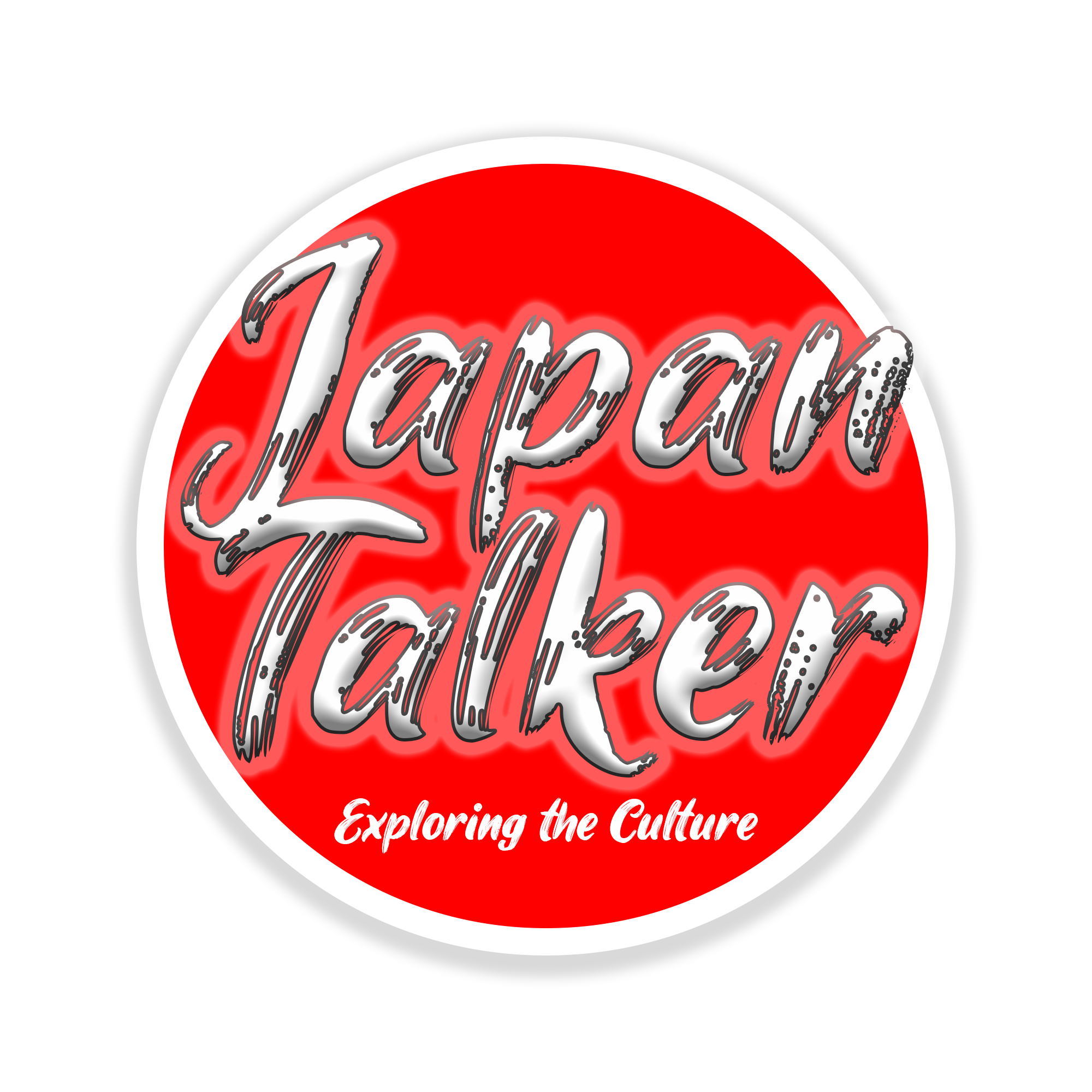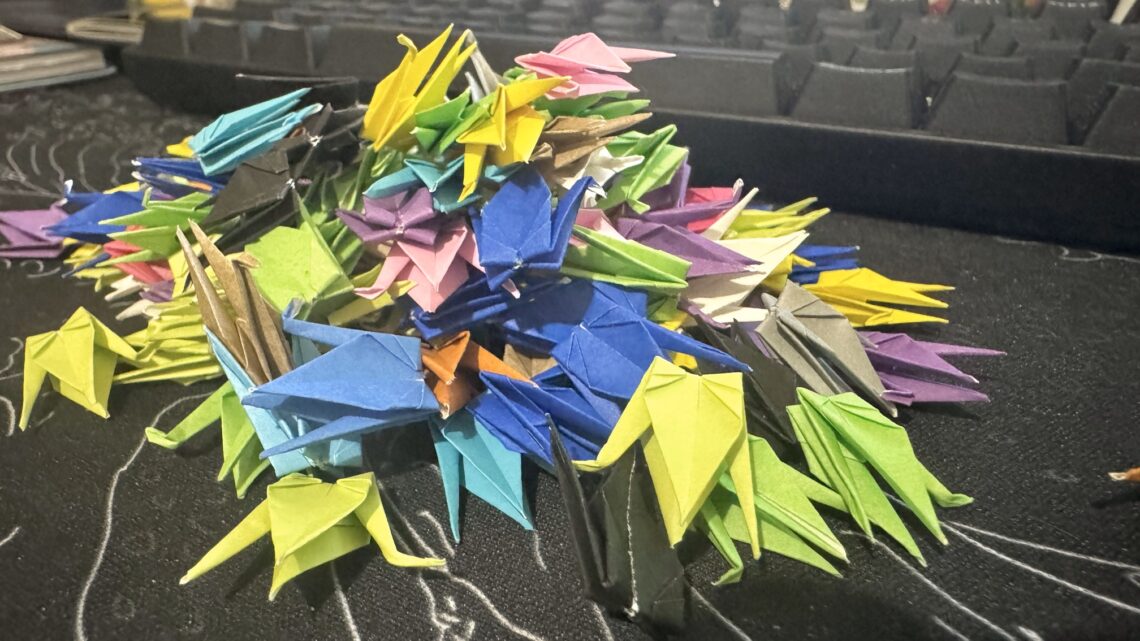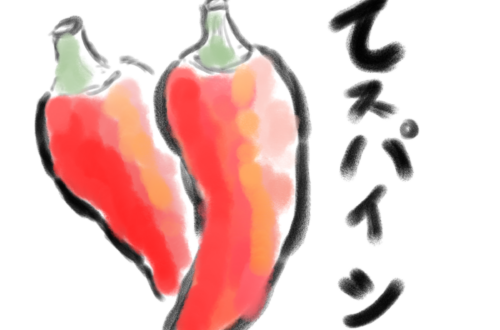-
Symbols of Hope, Healing, and a Thousand-Year Tradition
Origami cranes are among the most iconic figures in Japanese paper-folding art, or origami, cherished for their beauty and symbolism. This art form dates back to the Edo period (1603–1868), but the crane’s prominence in origami began as people adopted it as a symbol of peace, longevity, and good fortune. In Japanese culture, the crane is known as a mystical creature that lives for a thousand years, making it an ideal emblem of lasting hope and resilience. The tradition of folding 1,000 origami cranes, known as “senbazuru,” grew from the belief that completing this task would grant one’s deepest wish. This practice became especially meaningful in Japan after World War…



